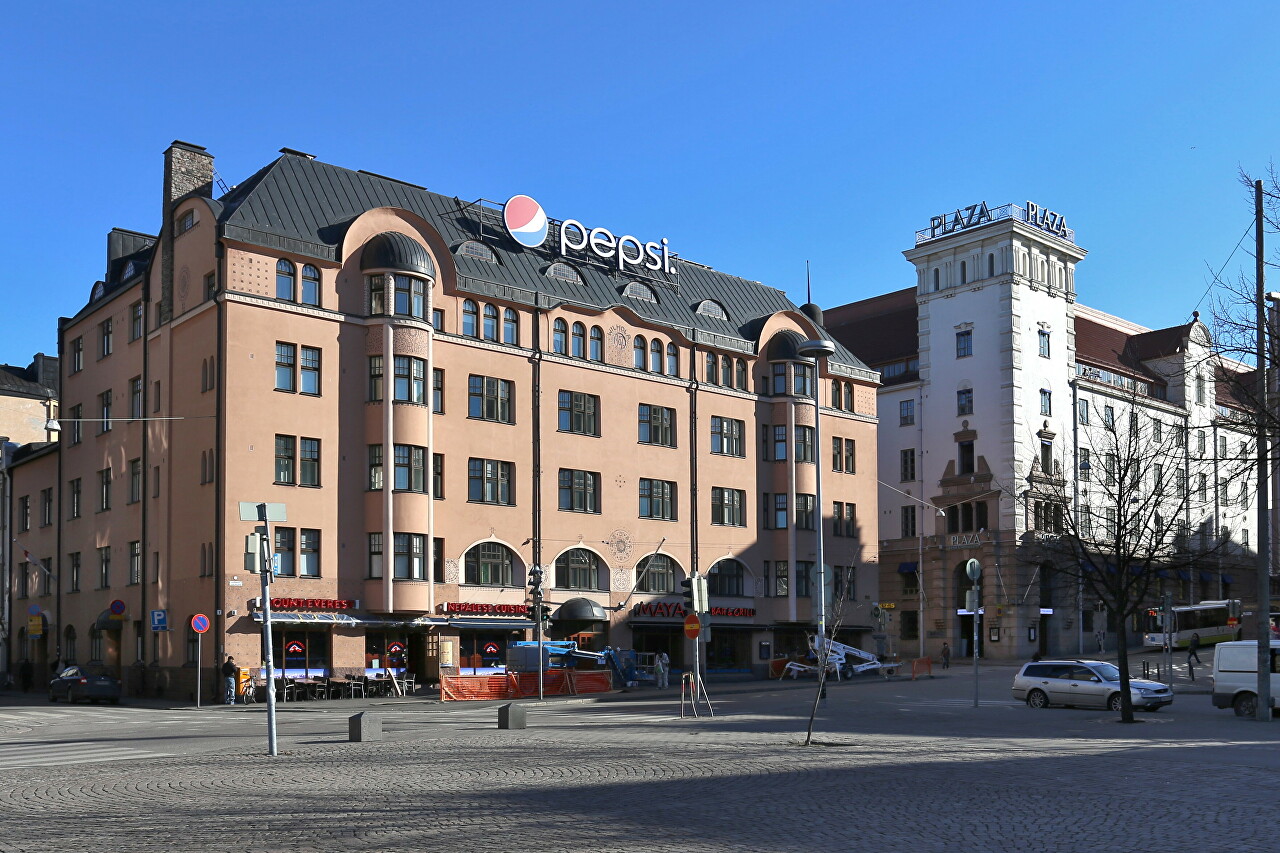Rautatientori Square, Helsinki
From the airport, you can take a train for 5 euros to the Central Station, this is the fastest option. But I chose the bus because I wanted to see the picturesque suburbs of the Finnish capital and in exactly 50 minutes I was in front of the main entrance of the Finnish National Theater.

Until the end of the fifties of the 19th century, this place was a swampy wasteland, in 1857 the construction of a railway began in Finland, in 1861 the first station and the square in front of it were built here, called Rautatientori (in Swedish Järnvägstorget), which translates as "Railway Square". Initially, the square sold logs and lumber that were brought by rail, as well as wood products-furniture, dishes, wicker baskets. Development of the perimeter of the square began at the end of the 19th century, forming its modern borders.
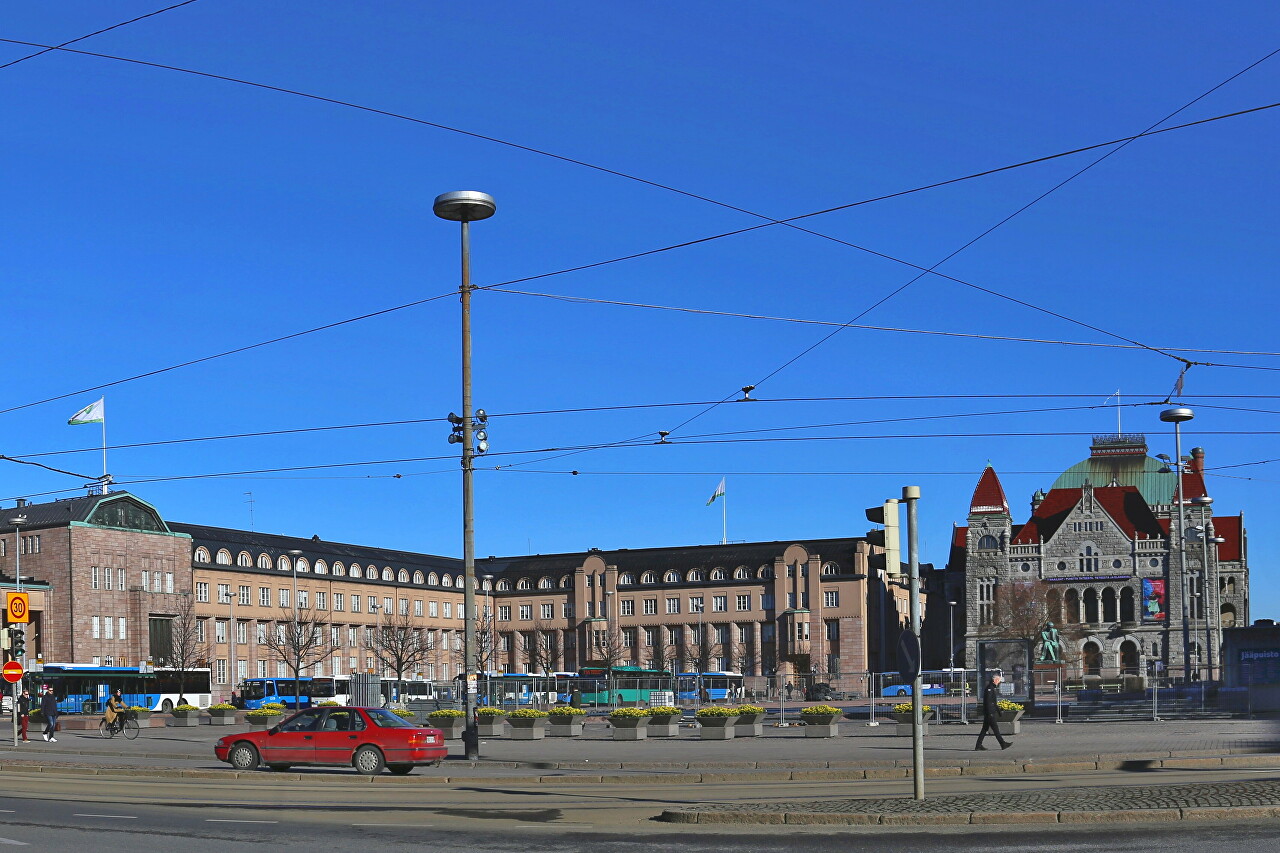
The square was used for market trading until 1928, when it became the main transport hub of Helsinki. In order to facilitate the movement of trams and other transport, the Kaisminikatu Street was laid through the old building by Eliel Saarinen Architecture. In addition to the Main Station (Helsingin päärautatieasema), Helsinki's largest metro station Rautatientori and the bus terminal, where key urban and suburban routes converge. There is a 24-hour bus N. 615 to Vantaa Airport from the square.
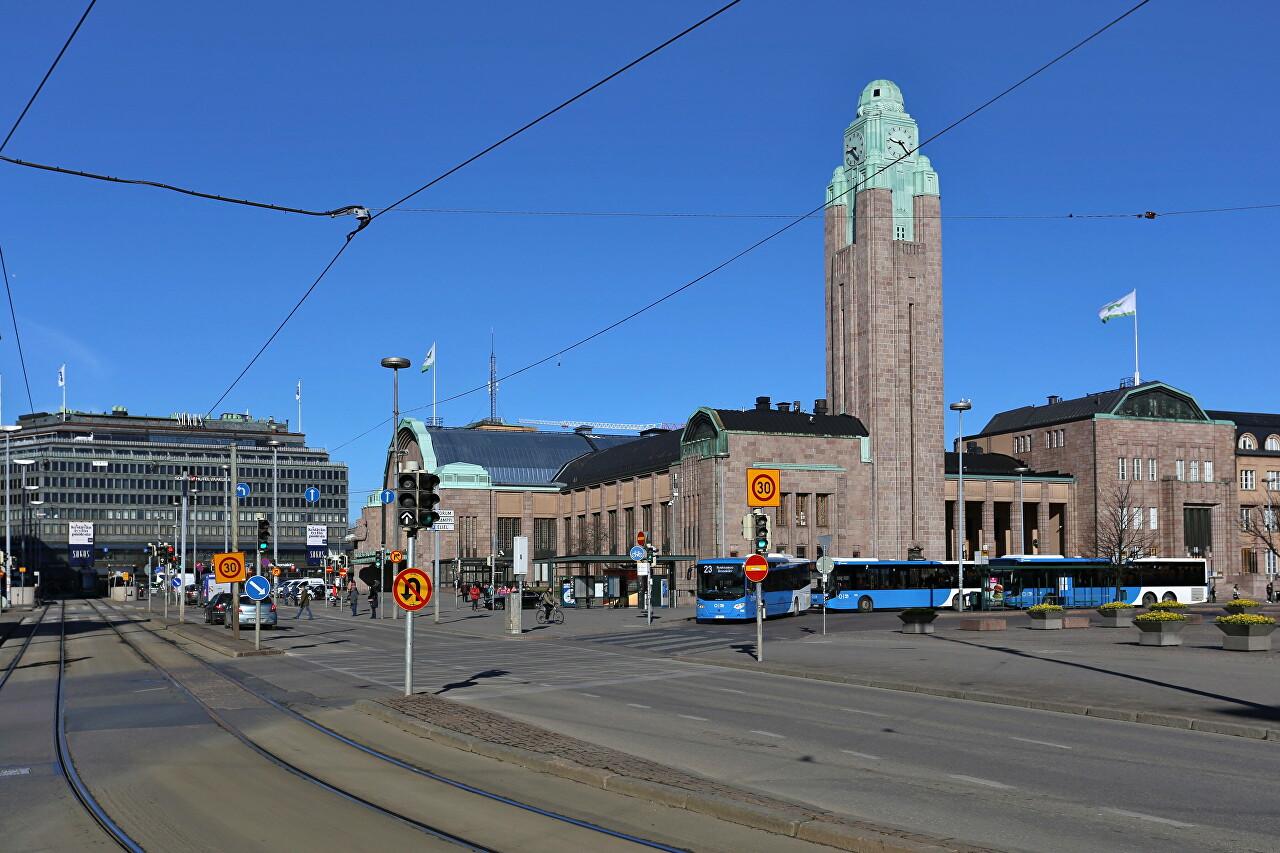
The southern border is formed by the building of the Ateneumin taidemuseo Museum, built in 1887 with state funds. The project was designed by architect Theodor Hoijer and designed by sculptor Carl Sjöstrand. The pediment of the building is decorated with a bas-relief of the ancient goddess Athena, patroness of arts and crafts, after which the museum is named. It is the main art museum in Finland, based on the collection of Finnish masters of art.
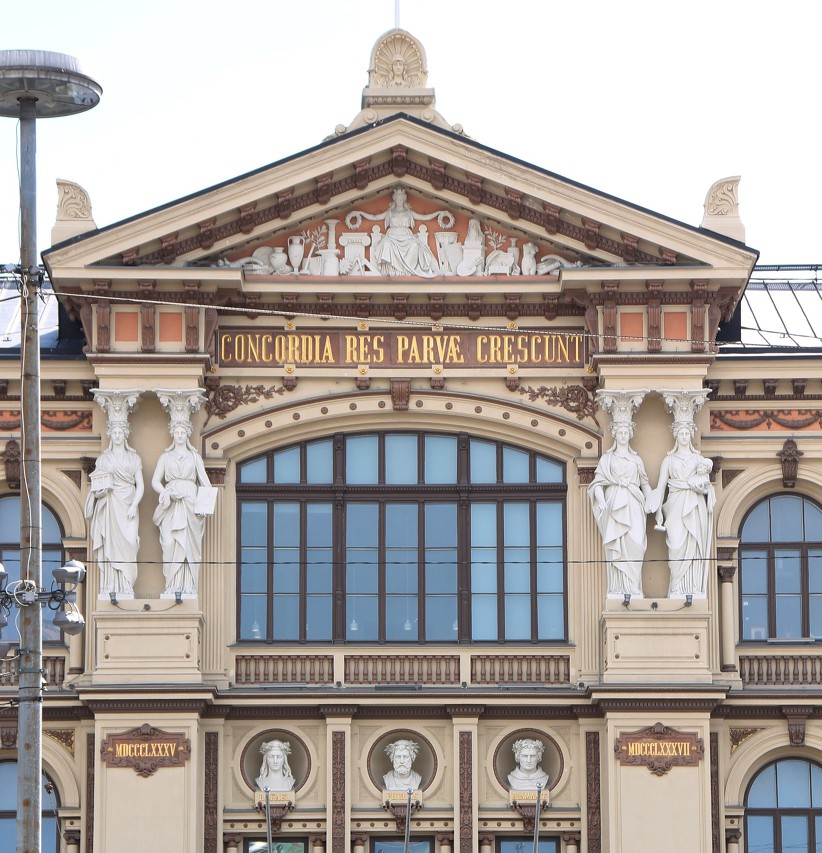
To the left of the Athenaeum is a magnificent example of the monumental commercial architecture of the first decade of independent Finland. The house was built in 1925-1930 by Wäinö Gustaf Palmqvist. The construction client was Atlas Bank, but in 1929 it was on the verge of bankruptcy and was merged with Helsinki Stock Bank. In addition, the Rea cinema has been operating in the building for decades. In 1994, the building opened the Planet Hollywood Helsinki restaurant, which was attended by Rennie Harlin, Geena Davis, Bruce Willis and Sylvester Stallone.
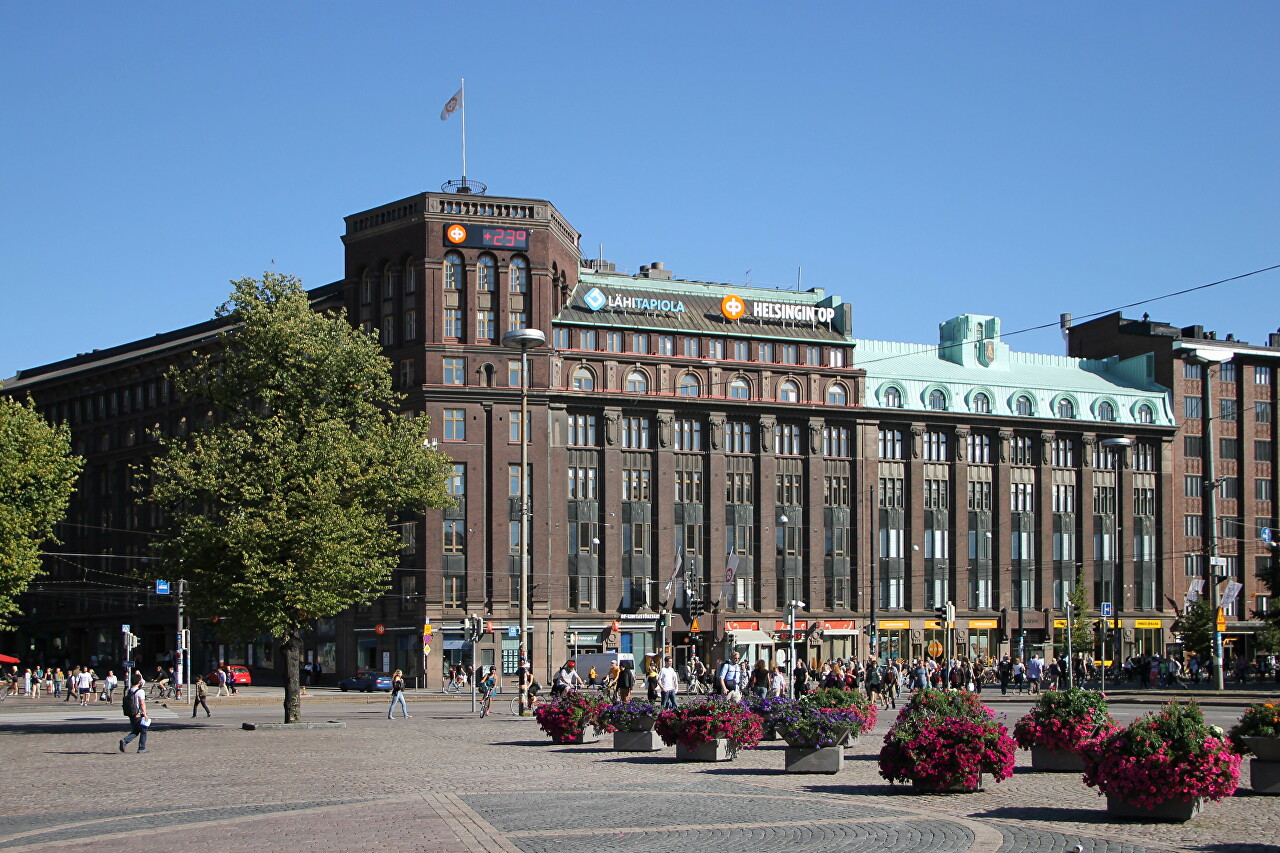
The east side of the square is formed by the fashionable Kameeli quarter, the jewel of which is a neo-Baroque building built in 1898. Originally it was the Fennia Hotel, the most famous luxury hotel in Helsinki, and there were also fashionable restaurants Arvelir, Old Happy Fennia, New Happy Fennia, and Cafe Metropol. Now the building is occupied by Grand Casino Helsinki.
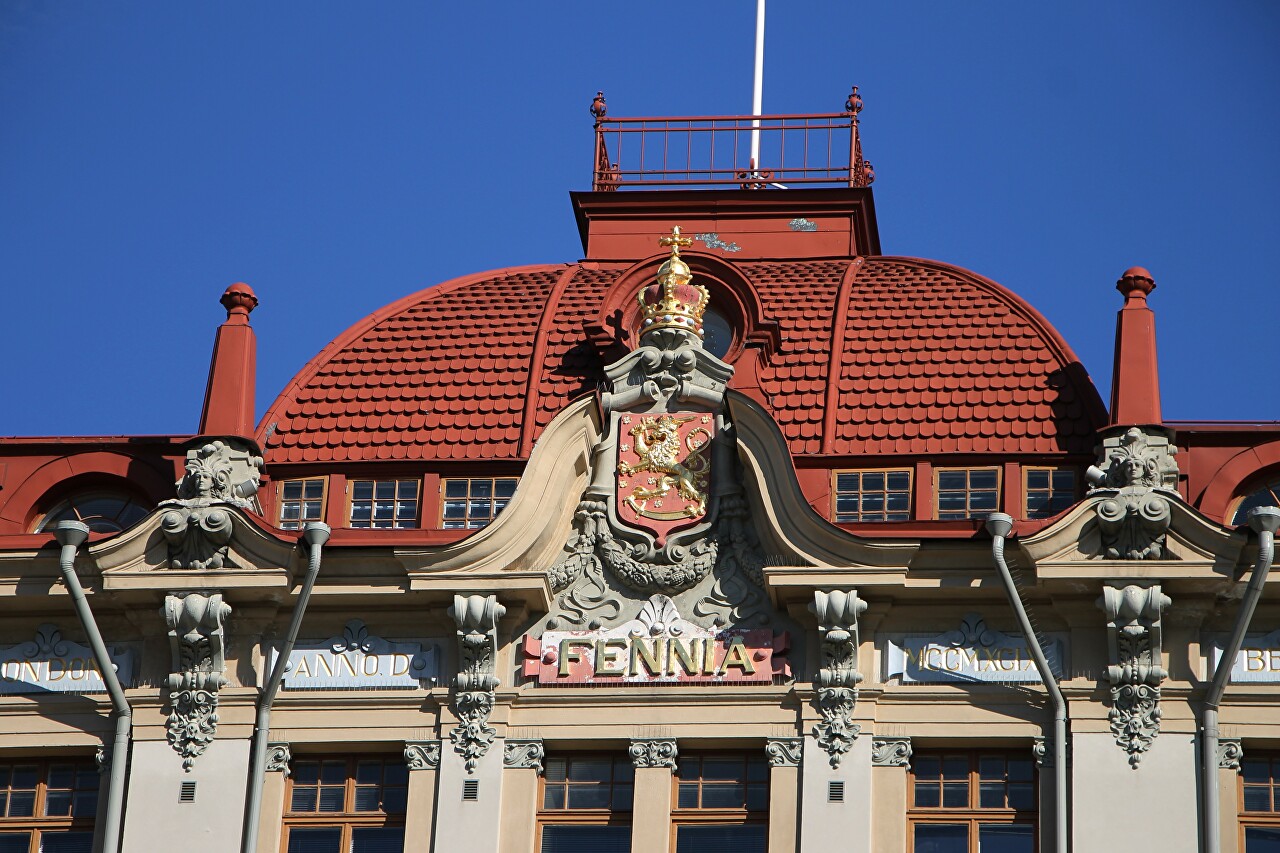
In the northern part of the square is the building of the Finnish National Theater (Suomen Kansallisteatteri), built in the style of national romanticism in 1902. The author of the project is Onni Tarjanne. In front of the theater's facade, a monument to the founder of Finnish literary realism, Alexis Kiwi, was unveiled in 1938.
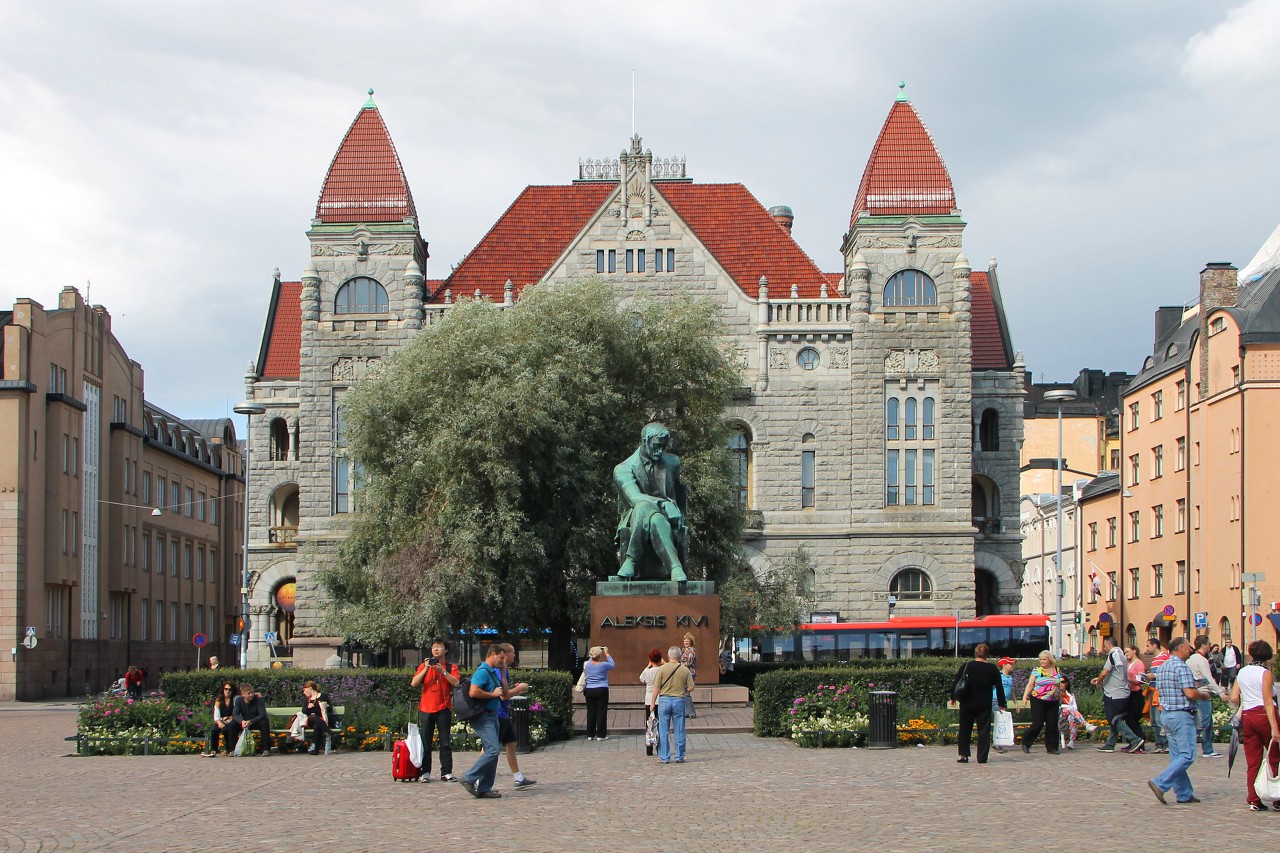
To the right of the theater is the Jugend-style house, built in 1097 by Usko Nyström. Initially, the building was residential, but in the seventies of the last century it was transformed into an office building. Next to it is the neoclassical building of the Radisson Blu Plaza Helsinki Hotel, built in 1902 and designed by John Settergren.
